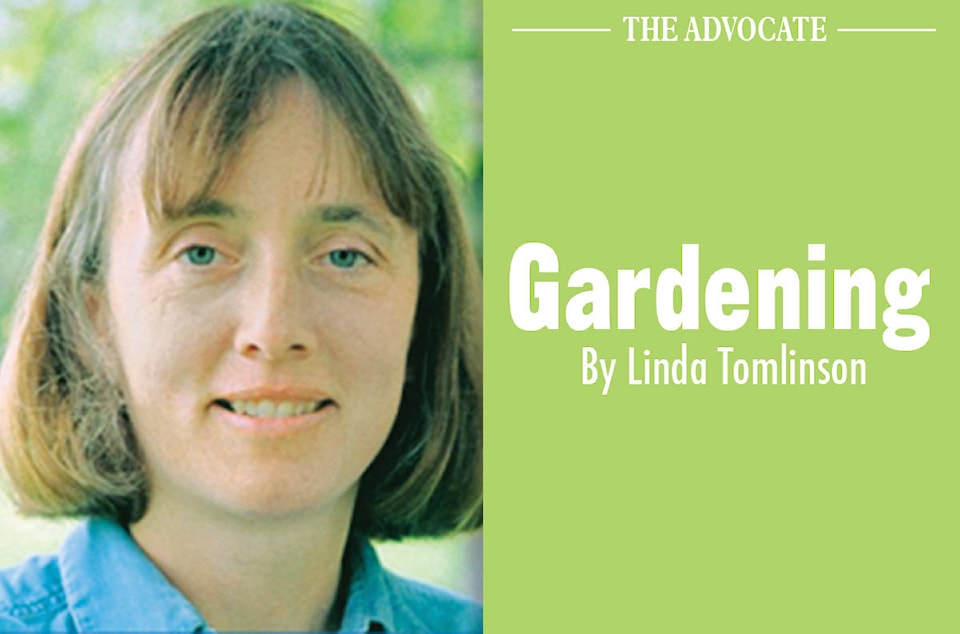Wild creatures do what they do best, seek food and shelter. Creatures that have been urbanized take advantage of the lush landscapes. It depends on the individual to determine if wild creatures are a nuisance, a problem or wonderful to watch.
Mice and other chewing rodents are generally not wanted in a yard. During the winter months small rodents tunnel under the snow and occasionally come to the surface. Look for small tracks and holes where they have tunneled upwards. While these animals will clean the garden by eating extra seeds they also feast on plant roots as well as the bark off of young trees and shrubs killing them.
Prevention is the most effective way to keep rodents away from young trees and shrubs. Remove all grass and cover around the plants in the fall making the plants less inviting. After a heavy snowfall trample the snow down around the susceptible plants making the creatures expose themselves to predators before they get to the plants.
Circling the trunk with a wire barrier with small openings with very small also proves effective.
The smell of rotting compost can draw a number of undesirable rodents into the yard. To avoid this problem, keep the compost active and use an animal proof barrier to enclose the compost.
For those that find squirrels and raccoons annoying and destructive, prevention is also the best method. Close all holes in buildings, use a squirrel proof bird feeder, place spring bulbs in the ground in cages and don’t leave dog or cat food easily accessible.
Deer and moose are much larger creatures and can do massive amounts of damage in a very short period of time. These creatures will indiscriminately prune shrubs, bushes during the fall and winter and eat and trample gardens in the summer.
A deer fence, a very high fence, is the only method guaranteed to eliminate deer from the yard. It is expensive but effective.
Other solutions are used with a varying degree of success. Wild animals go into areas where they know that there is food and they feel comfortable. It is up to the homeowner to make their yard “uncomfortable” by removing areas where they can hide and adding deterrents throughout. To be effective deterrents must be moved and changed frequently. If deterrents remain static, the animals become familiar with them and don’t see them as a threat.
Deer and moose have a keen sense of smell which means they avoid smelly objects especially ones hung at their nose level. Common smelly deterrents include; smelly soap, hair in a bag and synthetic animal urine and feces of their natural predators.
Synthetic animal urine or feces should be placed on or close to the ground, as it would be found in nature. Use urine and feces from native predators only.
Plant plants that are poisonous or have a strong smell and taste. They are not appealing and are less likely to be eaten. Use less fertilizer as it produces lush tender growth.
Spraying plants with a bitter tasting solution, commercial or homemade, can be effective. As sprays dissipate and wash away they must be applied regularly and each time it rains or snows.
Decide if wild creatures are friend or foe and garden accordingly.
Linda Tomlinson gardened in central Alberta for over 30 years. She can be reached at your_garden@hotmail.com.
